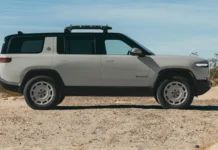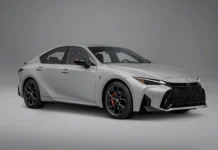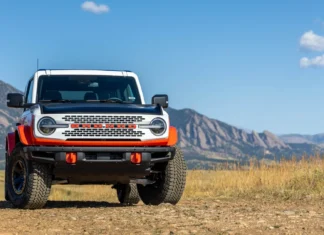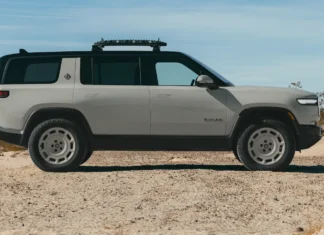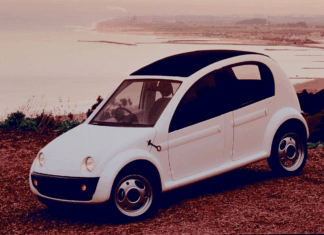
Amid lower profit margins and high inventories, Stellantis CEO Carlos Tavares may soon cut underperforming brands from the group.
When the company first came onto the scene as the result of a merger between Fiat Chrysler Automobiles and PSA Group (containing brands like Peugeot and Citroën), Stellantis N.V. boasted ownership of fourteen separate brands. Now, three years later, CEO Carlos Tavares has a stern warning for brands that are lagging behind in the North American market: Your days could be numbered.
Tavares’ comment comes at a time of weaker-than-expected first-half profit margins and flagging outlooks for the rest of 2024. Even as Stellantis aims to bring no fewer than 20 new models to market, it faces issues with high inventories as well as high prices in the North American market — a market that “needs the most work” to address “operational challenges”. Automakers across the industry are also grappling with the expensive prospects of electrifying their full model lineups in the coming years.
“If they don’t make money, we’ll shut them down,” Tavares told reporters. “We cannot afford to have brands that do not make money.”
Stellantis, as a whole, does not break out its financial results for individual brands, except Maserati. However, the Italian brand posted an adjusted 82 million Euro loss (about $89 million) in the first half of 2024. The automaker’s stock prices fell 10% in Thursday morning trading after Tavares’ comment, before slightly rebounding in afternoon trading.
What brands could meet their demise?
While some startup companies have met their unfortunate end over the past few years, no major American brands have lost a brand since Ford closed its Mercury division in 2011. Before that, GM shed the Saturn, Pontiac, Hummer and Saab brands following its bankruptcy during the 2008 financial crisis. Its overseas Opel and Vauxhall brands also went to PSA Group in 2017, before the French automaker merged into Stellantis.
In the North American market, Jeep and Ram drive a large portion of Stellantis’ profit-generating capability. Tavares did not specifically note which brands in the North American market could hit the chopping block, though others don’t have lineups as extensive or occupy as many lucrative segments as Jeep does. Chrysler, for example, sells only the Pacifica at the moment. Dodge plans to make a splash with its gas and electric Chargers later this year, but it also recently contended with an aging lineup, propped up by the now-defunct Challenger and the last-generation Charger.
Then there’s Fiat, a company that sold a grand total of 470 vehicles in the first half of 2024. While the new 500 hatchback appears to have stopped the bleeding (at least temporarily), the Italian brand has languished in the North American market for years, even before Stellantis became its parent entity. Other brands also compete in the same ether, like Maserati and Alfa Romeo, which both sell sports sedans and SUVs with Italian styling and flair.
Obviously, it’s unclear at this point what will happen, as Stellantis could spin off certain brands, or indeed ax them entirely from our market. Publicly traded companies are also accountable to the shareholders to boost profits, and that is a driving factor for the decision to potentially drop some brands, as the prospect of the larger business is to make money. The company’s margins fell to below 10% for the full year so far, missing its double-digit target, and that could lead to some major developments in the coming months.


